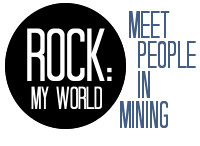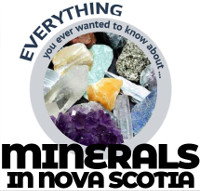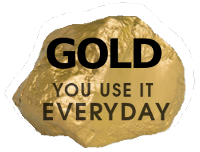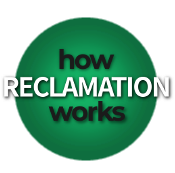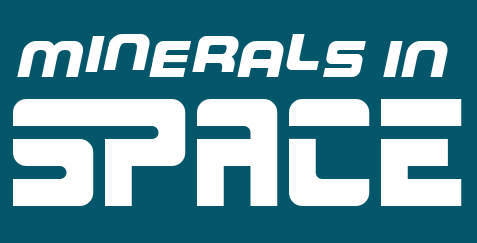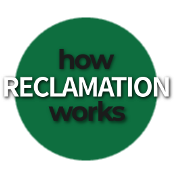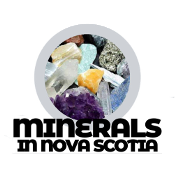- Why Mining Matters
- Jobs
- Safety
- Environment & Operations
- FAQ
- Links
- Fun Stuff
You are here
Brazil Lake
We need huge quantities of lithium to achieve climate goals, which means we need many new lithium mines - like the potential one in Brazil Lake, Yarmouth County.
Lithium-ion batteries are the most widely-used type of battery in electric vehicles (EVs) and electronics. Virtually all phones and laptops are powered by them and they are considered the best batteries for EVs because they generally contain more energy, last longer and charge faster than other types of batteries. They are also relatively light for the amount of energy they store, which helps increase the distance an EV can travel per charge.
According to the US Department of Energy’s Argonne National Laboratory, a lithium-ion battery pack typically contains around 17.6 pounds of lithium (https://www.nature.com/articles/d41586-021-02222-1).
According to the International Energy Agency, mineral supply for electric vehicles and battery storage will have to grow at least 30 times by 2040 to meet climate goals like widespread adoption of electric vehicles. The supply of lithium, for example, has to grow by over 40 times (https://www.iea.org/reports/the-role-of-critical-minerals-in-clean-energ...).
Providing that much lithium, and the many other minerals and metals needed for green technologies, is a huge challenge for the world’s mining industry. We need more mines and we need them quickly to achieve climate goals.
A deposit of pegmatite, a rock similar to granite, was discovered in Brazil Lake in 1960 by local residents. They brought it to the attention of the Geological Survey of Canada in 1967 when the GSC was doing geological mapping in the area. This led to some exploration drilling in the late 1960s but nothing about the drilling project was ever filed with government, so no details are known. (This is unusual – companies ordinarily submit detailed reports to government about their exploration activities, so our knowledge of the province’s geology is constantly growing.)
In 1971, the Technical University of Nova Scotia did a metallurgical study on 272 kilograms of pegmatite from Brazil Lake. Their focus was spodumene, a mineral that sometimes occurs in pegmatite and which is an important ore of lithium (meaning lithium can be extracted from spodumene).
During the summer of 1982, Shell Canada Resources Ltd. conducted a mapping and sampling program in the Brazil Lake area. Shell found that the deposit contained various other important minerals, including tantalum, tin and beryllium.
The Department of Natural Resources has also conducted geological projects in the area of the pegmatite, including diamond drilling in 1993, which found additional minerals. In 1998, Gwalia Consolidated of Australia, then the world’s largest tantalum producer, did an analysis of the pegmatite in the government drilling and found several rare metals.
A Nova Scotia company, Champlain Mineral Ventures Ltd., staked the property in 1997 and has been developing its potential since. Its work shows that the deposit is a potentially viable source of lithium and other critical minerals that could be used in rechargeable batteries and other green technologies to reduce our carbon footprint.
Brazil Lake’s is the only pegmatite deposit in the Maritimes known to contain spodumene and geologists from around the world have made special trips to Nova Scotia to view outcrops of the ore and to collect samples.
With financing and government permits, Brazil Lake could contribute to global supply of lithium and other critical minerals to help in the fight against climate change. The project could also create jobs for Nova Scotians and generate government revenues to help pay for programs like health and education.
Brazil Lake’s decades of exploration are an example of how difficult it is to discover and develop mineral deposits. Only one in every 10,000 mineral exploration projects ends up being a mine.
Given how rare it is that a mineral deposit is economically viable, it is important that we develop them when we can, both for the materials they provide and the jobs and economic benefits they create.



